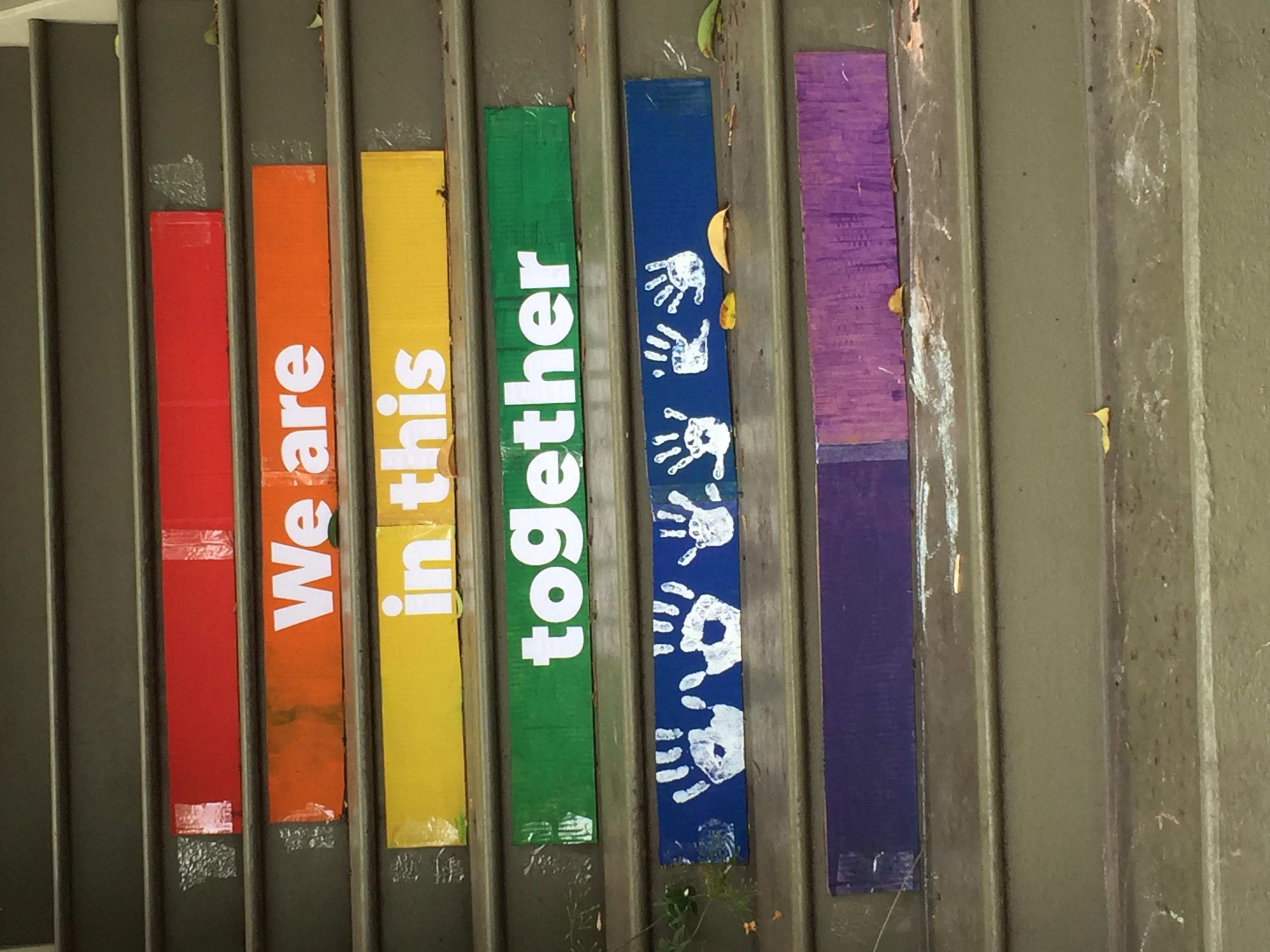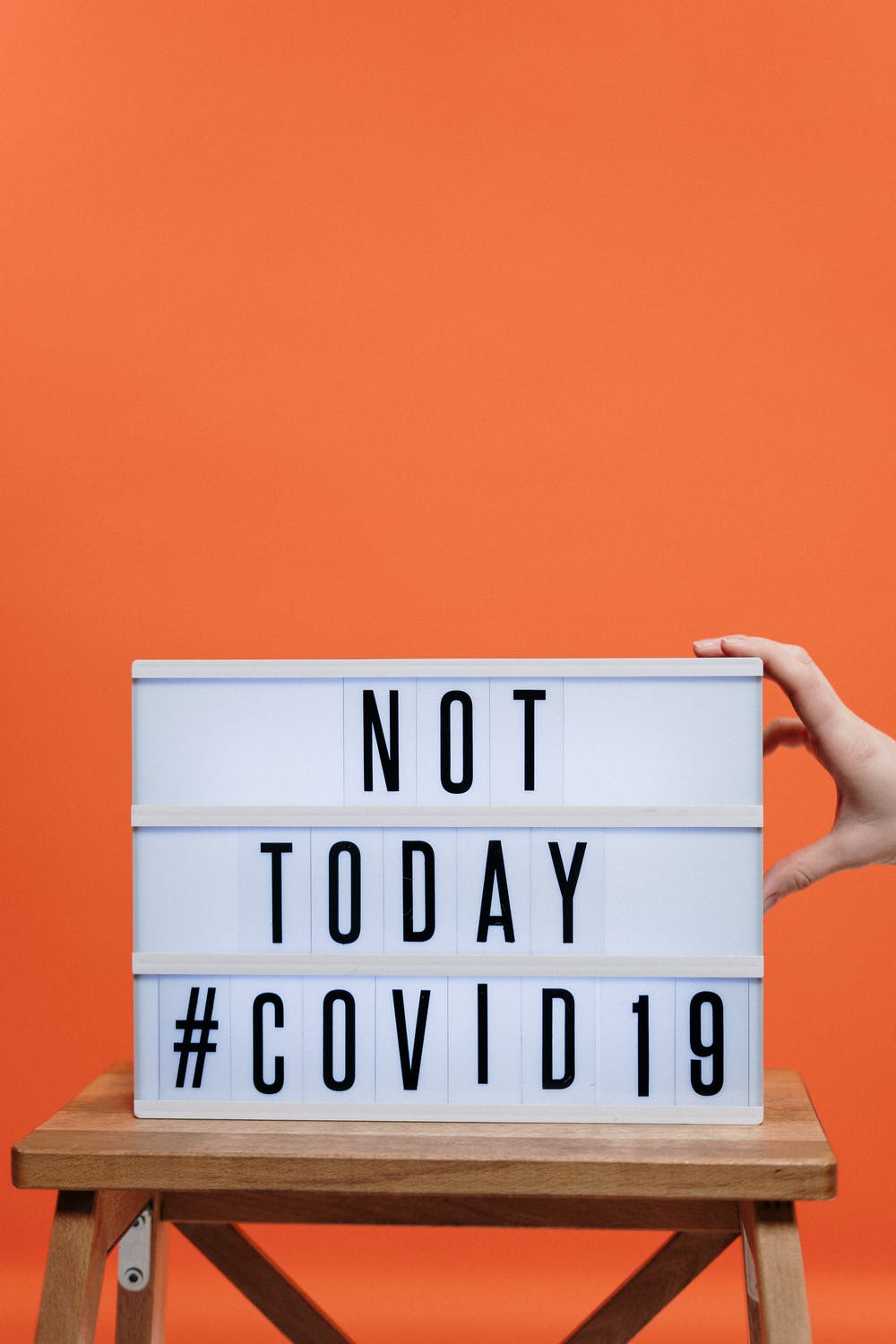How to Help Donors Give Astutely Before Year-End
I’ve written about some of the new charitable deduction opportunities included in the Coronavirus Aid, Relief, and Economic Security (CARES) Act signed on March 27, 2020 before. But a recent post shared by Greg Warner of Market Smart — Dr. Russell James’ tips to help donors give wisely before this year ends — plus a recent conversation with a financial advisor, reminded me it’s a very good time to share with you again.
You see, there are several things that will impact donor deductions – THIS YEAR ONLY. It’s good for you to be aware of these as a fundraiser, because making your supporters mindful of these opportunities may lead to them making more, and larger, gifts to your organization.
Of course, you’re not in the business of offering legal, tax or financial advice. And it’s easier to tell yourself donors’ own advisors will likely tell them about these new provisions. And that “this isn’t really your responsibility.” Yet…
Not all of your donors have their own accountants or financial advisors.
And not all tax advisors are up to snuff, especially when it comes to charitable deductions. Do you want to risk not receiving generous gifts you could have otherwise received, just because you’re too lazy to share this useful information?
The Genuine Job of the Philanthropy Facilitator
Sorry about using that “L” word, but too many fundraisers (IMHO) don’t 100% understand their job as a philanthropy facilitator. Do you?
Your job is to do everything within your power to make giving easy, joyful and meaningful for your supporters. Everything. Doing everything means
Details



 This is one place you don’t have to social distance.
This is one place you don’t have to social distance.

 What’s the point of a fundraising appeal letter?
What’s the point of a fundraising appeal letter?
 These days you’re likely communicating with constituents digitally more than ever before.
These days you’re likely communicating with constituents digitally more than ever before.

 Last week I shared a number of real-life examples from innovative nonprofits taking creative steps to connect meaningfully to their supporters during these trying times. While staying connected, some organizations are succeeding in stepping up both their marketing and fundraising communications to the next level.
Last week I shared a number of real-life examples from innovative nonprofits taking creative steps to connect meaningfully to their supporters during these trying times. While staying connected, some organizations are succeeding in stepping up both their marketing and fundraising communications to the next level.
 If you’re like me, chances are every other email in your inbox has something referencing coronavirus. You can’t ignore it, avoid it or wish it away.
If you’re like me, chances are every other email in your inbox has something referencing coronavirus. You can’t ignore it, avoid it or wish it away.